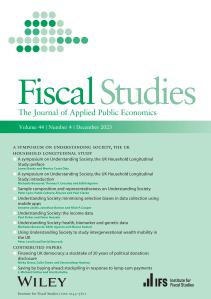This paper develops characterizations of identified sets of structures and structural features for complete and incomplete models involving continuous and/or discrete variables. Multiple values of unobserved variables can be associated with particular combinations of observed variables. This can arise when there are multiple sources of heterogeneity, censored or discrete endogenous variables, or inequality restrictions on functions of observed and unobserved variables. The models generalize the class of incomplete instrumental variable (IV) models in which unobserved variables are single-valued functions of observed variables. Thus the models are referred to as Generalized IV (GIV) models, but there are important cases in which instrumental variable restrictions play no significant role. The paper provides the first formal definition of observational equivalence for incomplete models. The development uses results from random set theory which guarantee that the characterizations deliver sharp bounds, thereby dispensing with the need for case-by-case proofs of sharpness. One innovation is the use of random sets defined on the space of unobserved variables. This allows identification analysis under mean and quantile independence restrictions on the distributions of unobserved variables conditional on exogenous variables as well as under a full independence restriction. It leads to a novel general characterization of identified sets of structural functions when the sole restriction on the distribution of unobserved and observed exogenous variables is that they are independently distributed. Illustrations are presented for a parametric random coefficients linear model and for a model with an interval censored outcome, in both cases with endogenous explanatory variables, and for an incomplete nonparametric model of English auctions. Numerous other applications are indicated.









